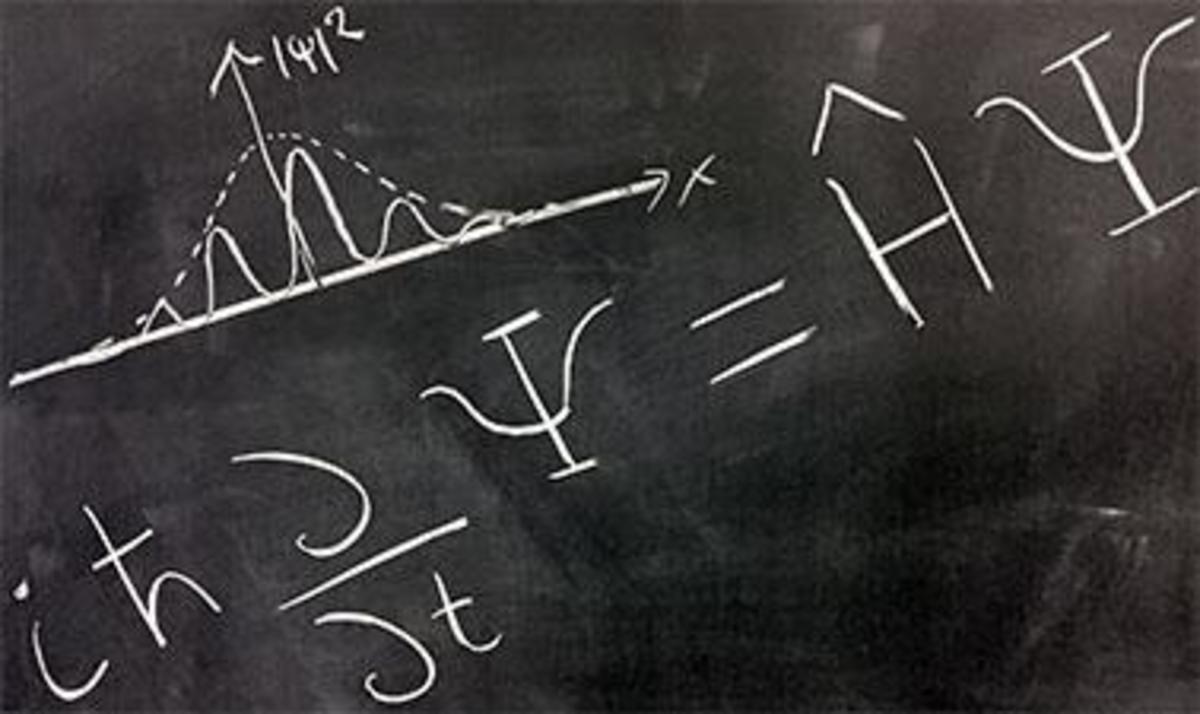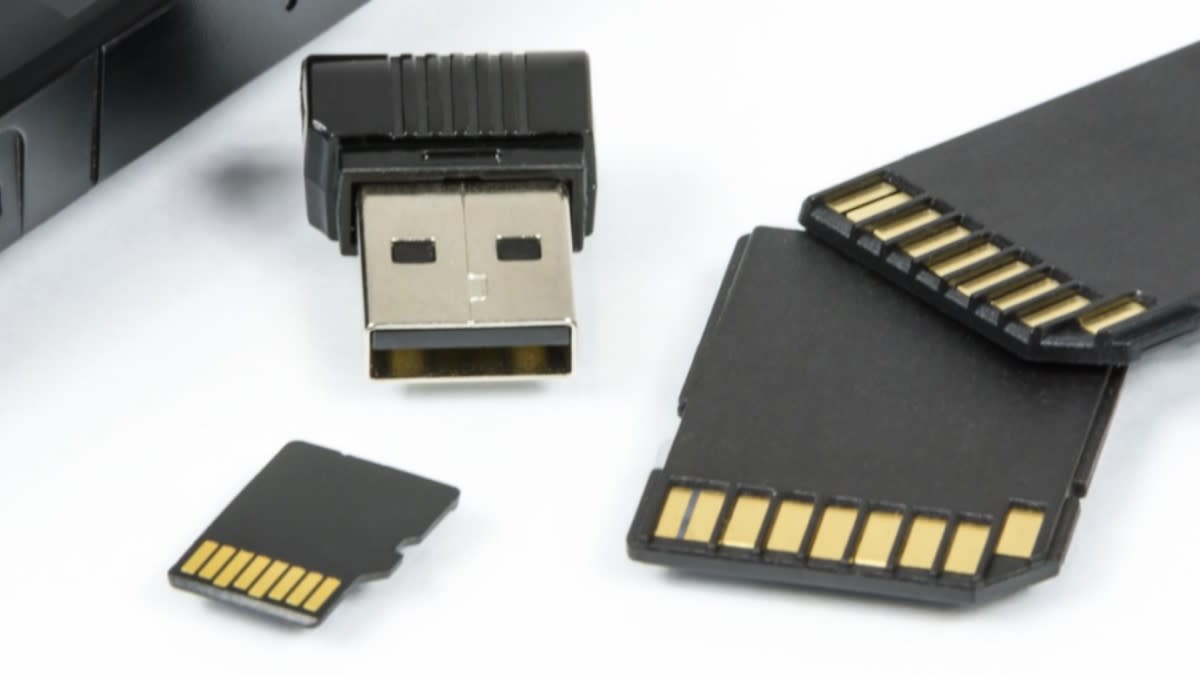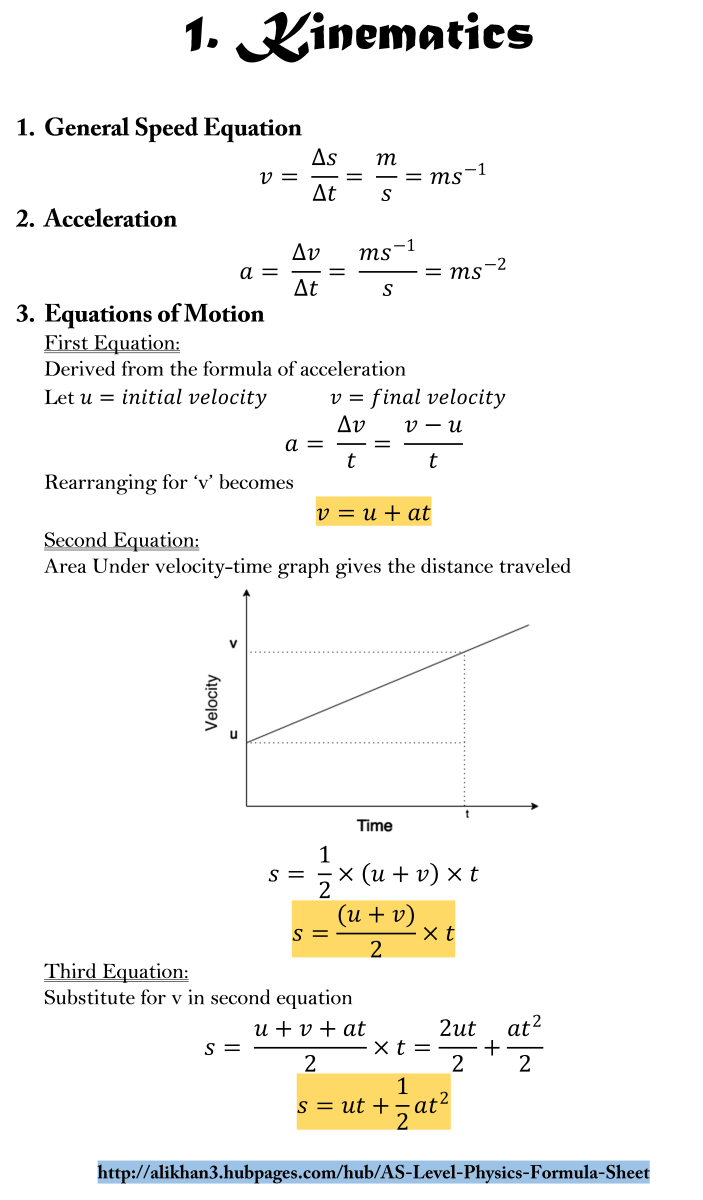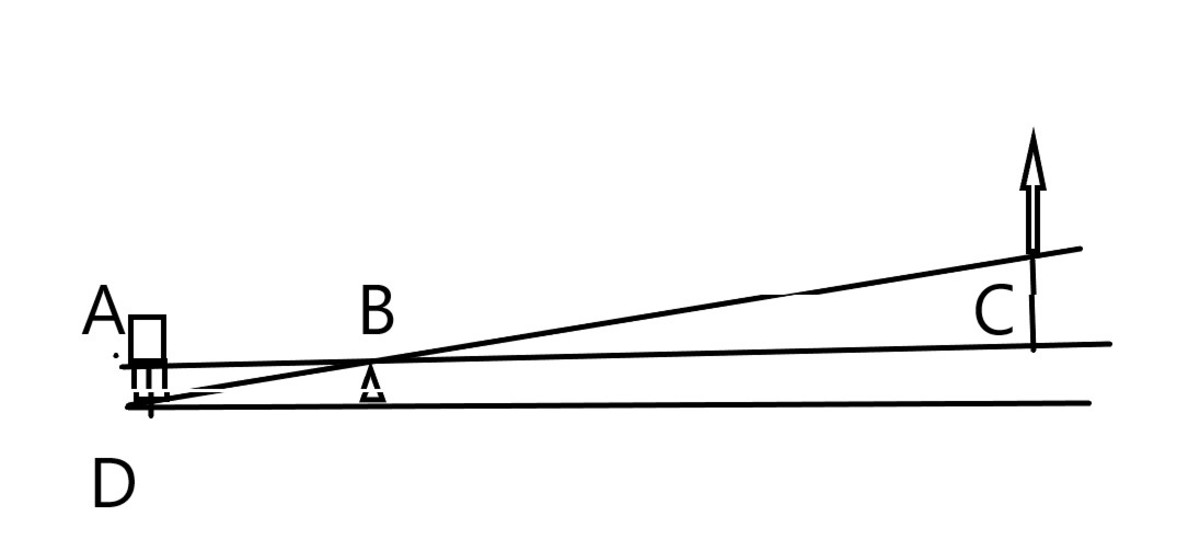What Is Spintronics?
An atom is the acme discovery of science. Its structure, components and properties has given an absolute boost to the advancements. The behaviour of the electrons with its energy levels, movements and the ability of making bonds has been a revolutionary aspect of science.
The property of the fundamental particles of electrons which shows movements in their energy consumption and release has originated the study of Spintronics.Spintronics is the science concerned with the flow of electrons. Its speciality has enabled the world to pace towards the triumphant juncture through its industrial and information revolutions. The properties of electrons with the spinning ability in either up or down, clockwise or anticlockwise directions can be used for various mechanisms. For instance, the conventional electronic devices relying on the transport of electrical charge of electron, such as: computer, stereo system or various other electrically driven devices.Thus, the physicists are making the most use of spin electrons rather than its charge only for generating an incredible new generation of Spintronic devices which have been named as quantum devices. They are going to be very small in sizes, more dynamic and advance than those presently making silicon chips and circuit elements.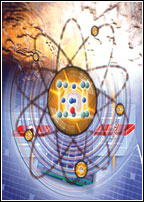
The spinning phenomenon
All the information processing technology has been relying on charging based devices which range from the very earlier vacuum tubes to the present million-transistor microchips. The advancement in the miniaturisation of electronic devices leads chip properties of smaller than 100 nanometres in size. The device designers and physicists rarely face challenges related to the alarming presence of quantum mechanics where the waves like properties of electrons are prevalent.
It is demonstrated with the spinning motion of electrons which is closely related to magnetism. However, the conventional electronic devices move current around, without paying attention to the spin that tags for the ride on each electron. When the electrons' spin are aligned, they produce a large grade of net magnetic moment which is seen in the magnetic materials like, iron and cobalt.
Thus, magnetism is an inherent physical property related with the spins of electrons in a material. But the magnetism is used in recording and storing devices just like a computer hard disks. So, the data is recorded and stored in small sites of magnetised iron or chromium oxide.
In order to use the information, a read head detects the minute changes in the magnetic field as the disk spins underneath. This induces corresponding alterations in the head's electrical resistance this effect is called as magneto-resistance.
The importance of the Spintronics mechanism has increased in the research field when in 1998 French and German physicists discovered a much more brawny effect known as the "Giant Magnetoresistance" or the GMR. This occurs from the slight electron spin effects in ultra thin multilayer of magnetic materials, resulting in an enormous alteration in their electrical resistance when a magnetic field is applied. The GMR is 200 times powerful than the ordinary magneto-resistance. Due to these facts, the computer companies have realised the GMR materials would be able to sense significantly smaller magnetic fields and would enable the storage capacity of a hard disk to multiply it from about one to 20 gigabits.
With Giant Magneto-resistance the information technology is expected to bring many latest advancements and productivity. In near future another Spintronic application known as MRAM is expected to come. This is known to be the magnetic version of the random access memory commonly present in all computers.
These spin memory chips are capable of holding on to their magnetically encoded information even after the computer is turned off and charge the encoded information which has disappeared. Therefore, it would help in removing the boot up time for computers. The labs around the world, especially in the United States and Japan, have made remarkable progress in developing these multipurpose materials.
A team of researchers recently have been successful in bringing electron spin under an accurate control. The electron spin phenomenon is a completely novel way of computing that is expected to emerge. It would particularly be helpful in performing calculations that have bewildered conventional machines, for instance, the decoding complex codes and searching large database at lightning speed. Although, it's thought to have been a long way off, because the quantum computers are difficult to make.
However, the experts in Spintronics believe that they have created the basic scientific foundation for the machines that is capable of utilising the peculiar performance of matter at the level of individual atoms and subatomic particles. There is a greater possibility of the Spintronic devices in coming time as the whole focus of the research experiments has been directing the movements or electron spinning and moreover, finding in the methods for using the minute quantum elements behaving in the desired manner.

Spin-based quantum-computers
To date, the computer circuits depend largely on manipulating current, displacing streams of electrons through switches which carry out logic operations. Every single bit of information is presented with zero or one, which corresponds to a positive or negative charge in the familiar binary code of microelectronics.
The computer is made up of millions of such switches known as transistors. In a spin based quantum computer, things would be different than the conventional one. As every bit of information would be called as "Quantum bit" or "Qubit" and it would also be encoded by varying the orientation of electrons as they spin about their axes like minute planets orbiting around the nucleus of an atom.
The spinning movement can be in the upward or downward direction in the quantum universe in relation with the surrounding magnetic field. In this, some quantum entanglements and super-positioning can also occur which may enable the electrons to spin in both directions at the same time, where one particle's spinning can also regulate another's spin
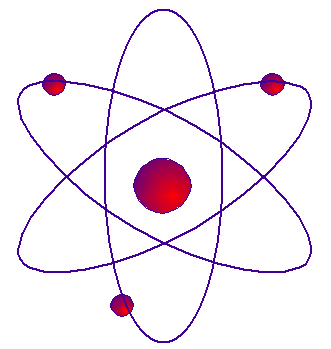
Does spintronics defy logic?
The criticism against the notion of developing spinning quantum based devices is the unpredictably excitable nature of electrons. However, the Spintronic experts are of the opinion that it's just contrary to what the common sense would suggest. As it's difficult to conceptualise because such quantum effects don't happen in everyday life with us, that's why we can't exactly reason out the behaviour of electrons that critically.
In order to encode the information flipping the direction of spin of the electrons, their can be one possible way. The scientists associated in solving the unpredictability of electronic wobbling methods, have been trying various ways to impose some coherence on ensembles of spinning electrons. That's the main reason that some spin-based data-storage devices are already being in use. It has also been said that the spin might be managed electrically after first catching electrons by carefully layered sandwiches of semi-conducting materials.
Among all the difficulties, the Spintronics researchers are determined in later futures about the substantial improvements are expected, which will help in bringing some more advanced and useful features in our electronic devices. Since, these devices will be able to consume less energy from the batteries and thus, decrease recharging worries. Let us keep our fingers crossed until the spinning technology gets evident in the air.

